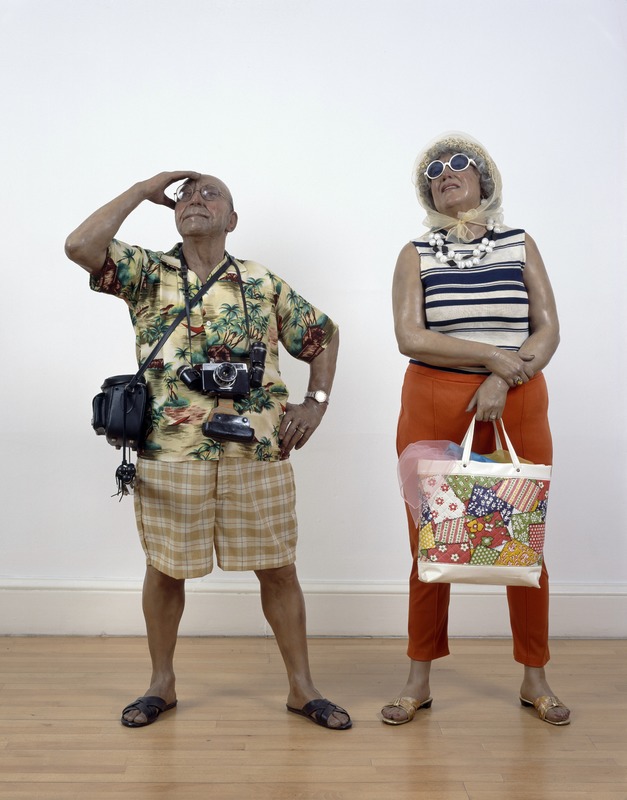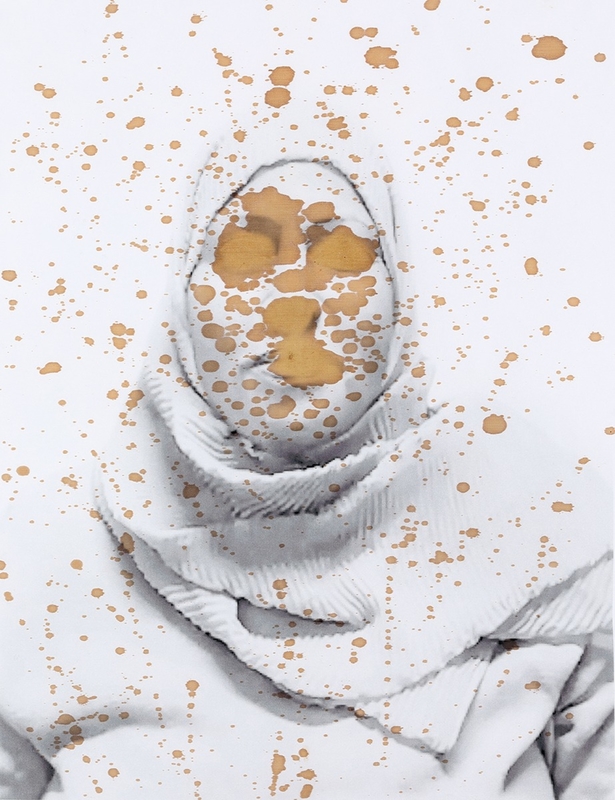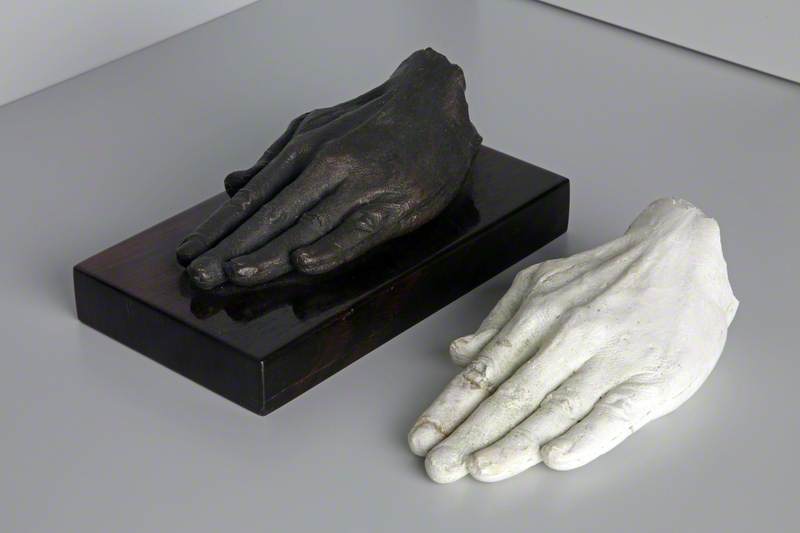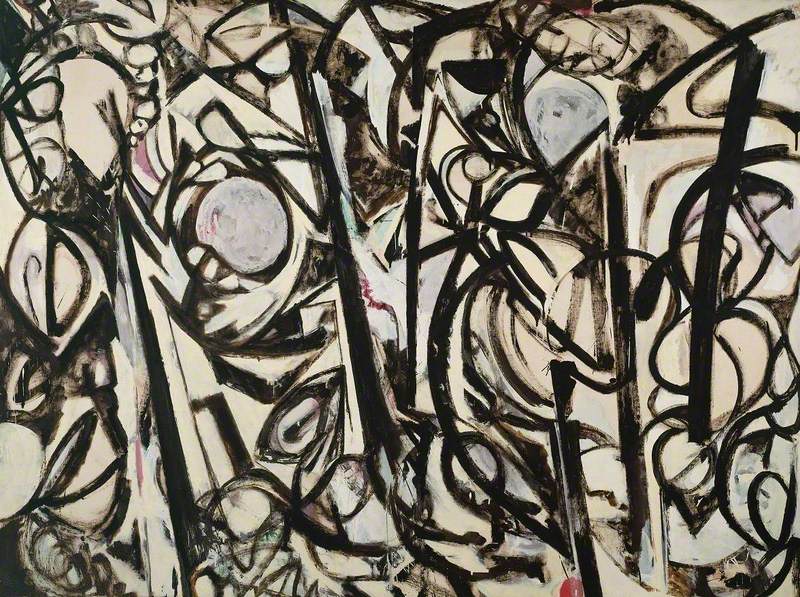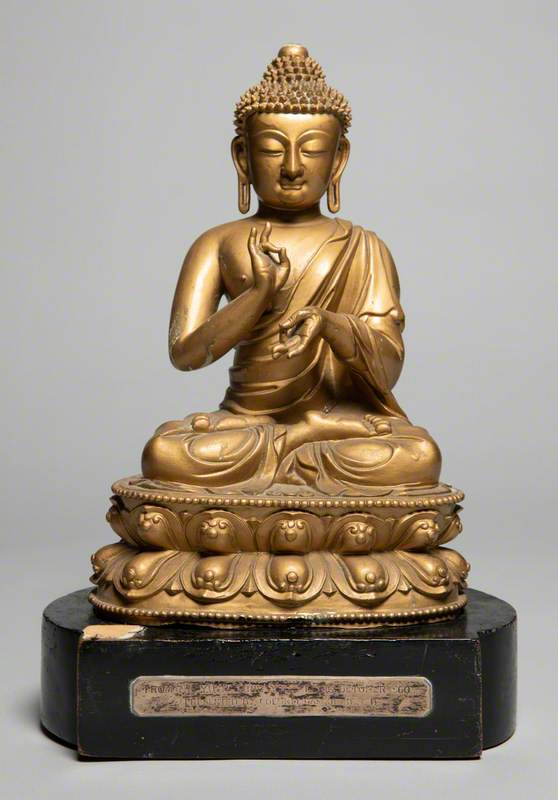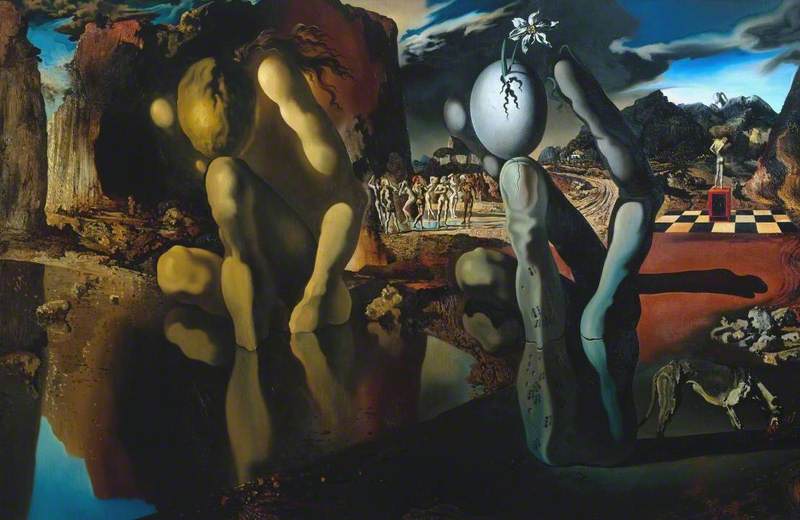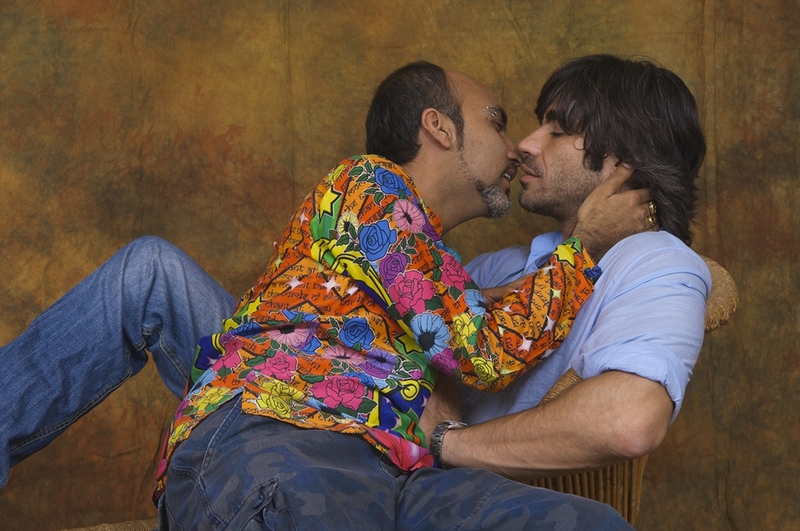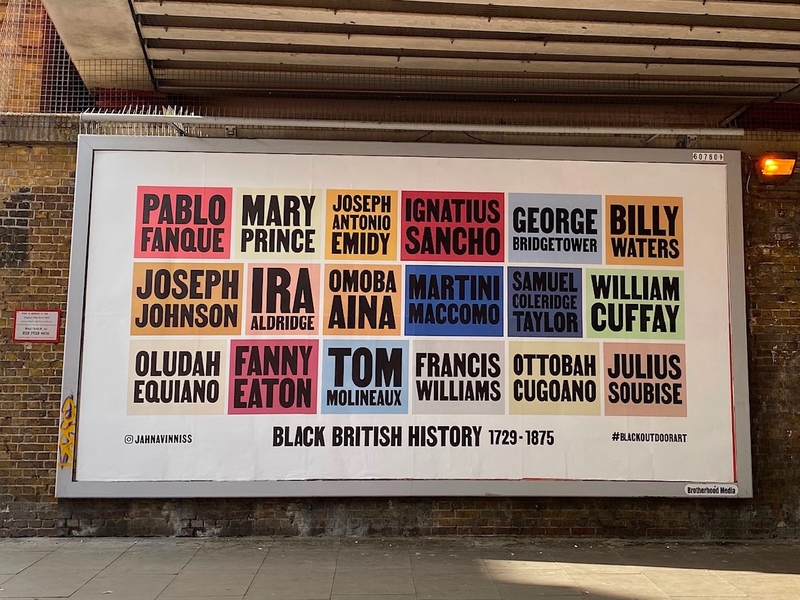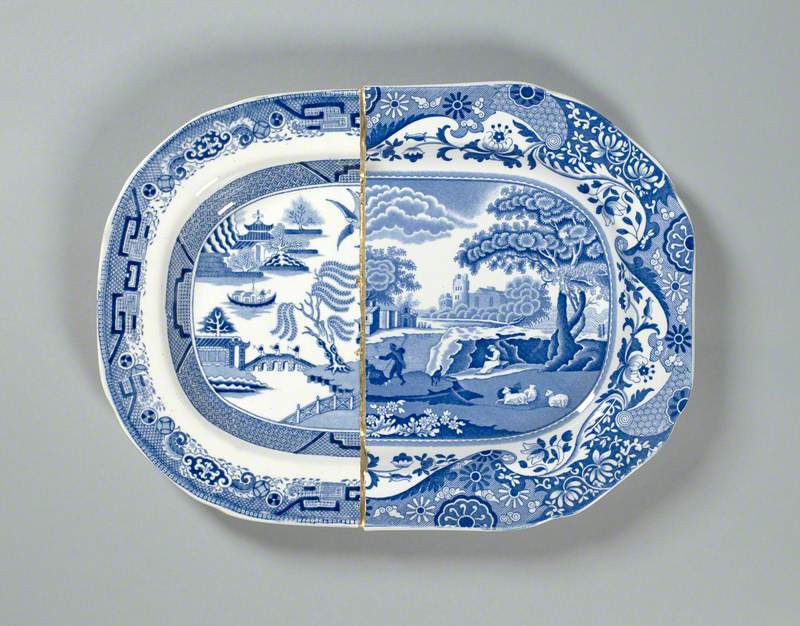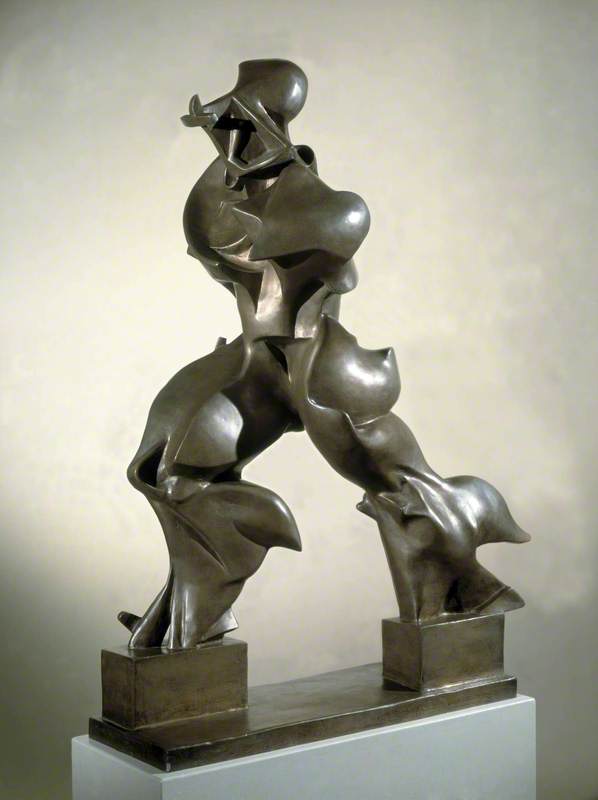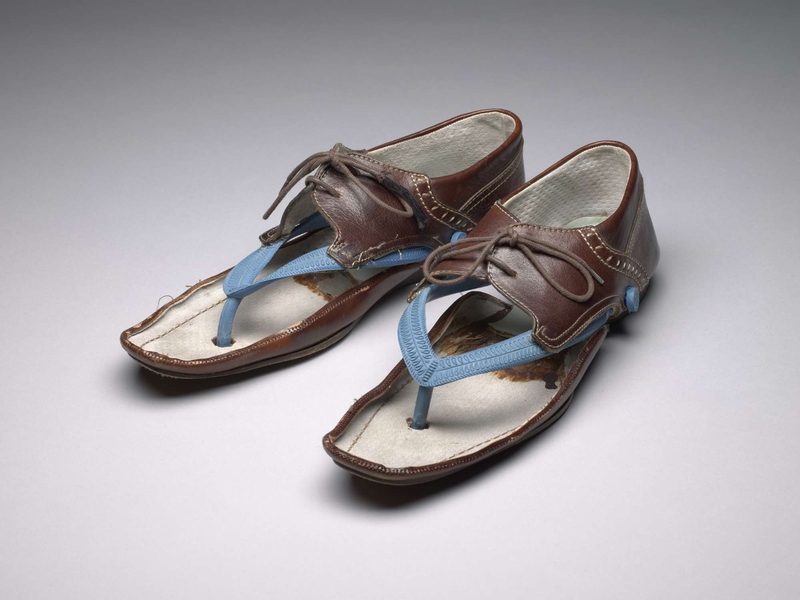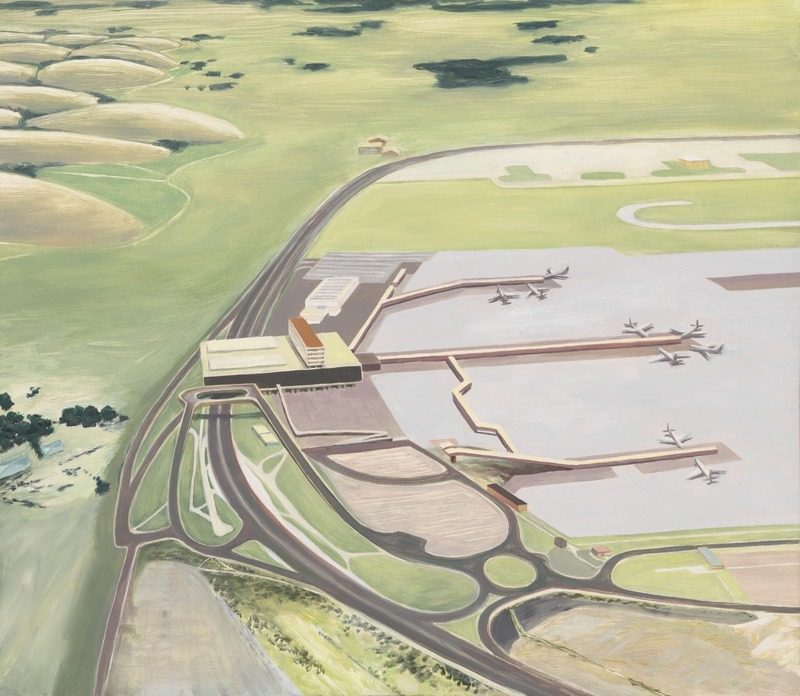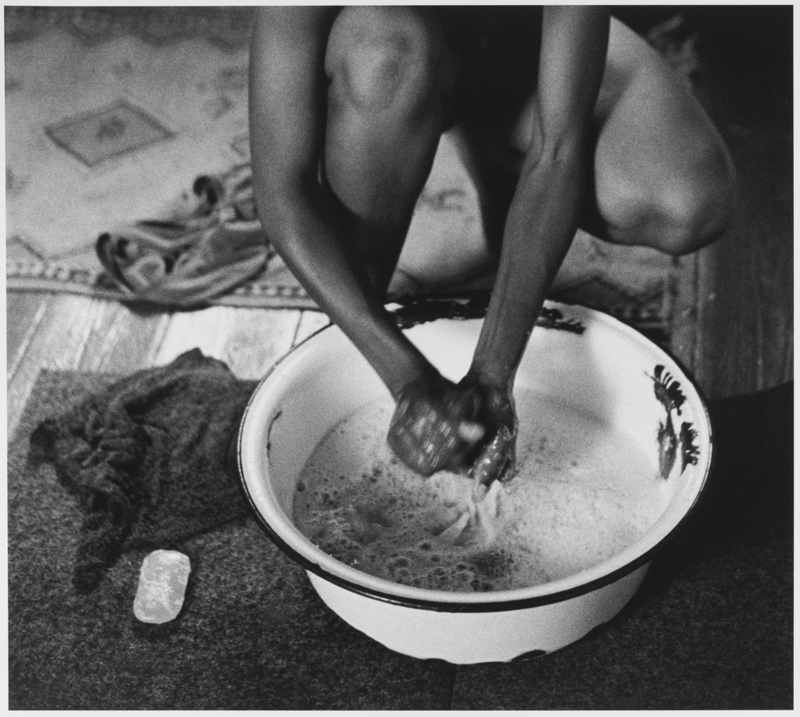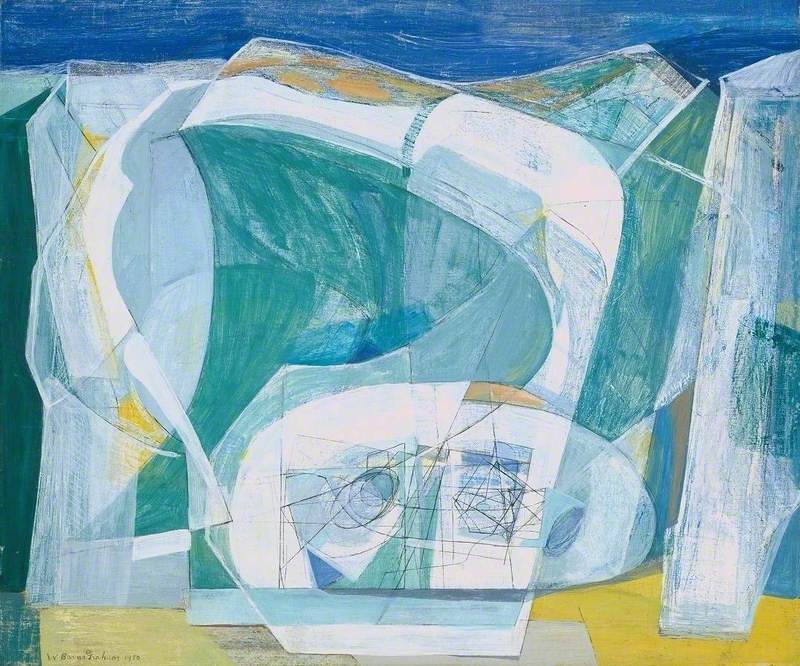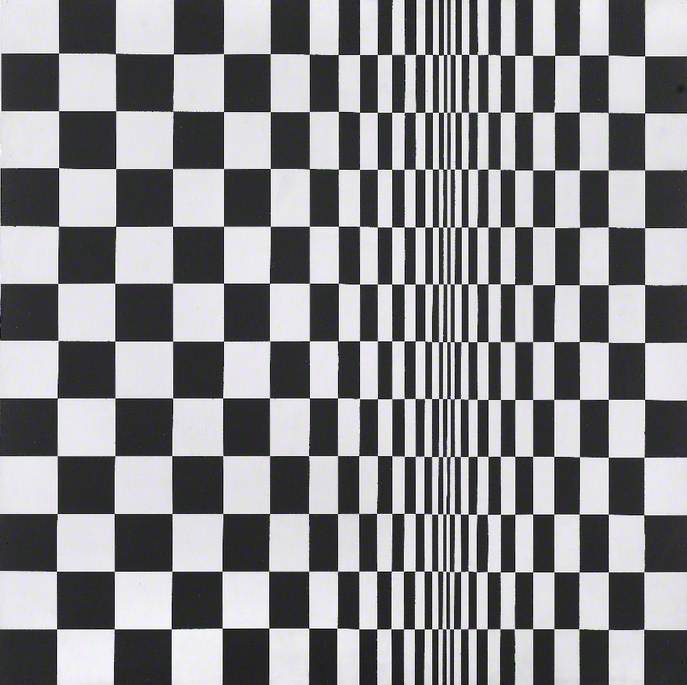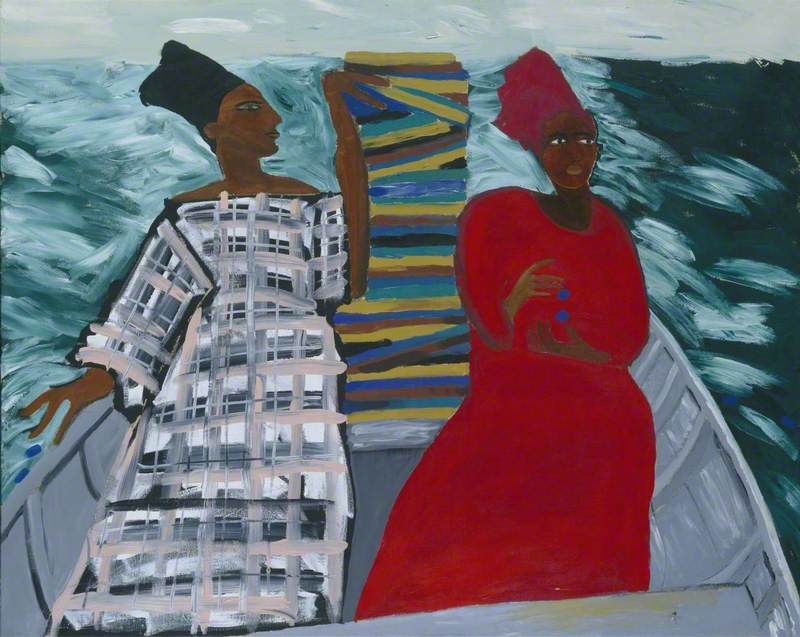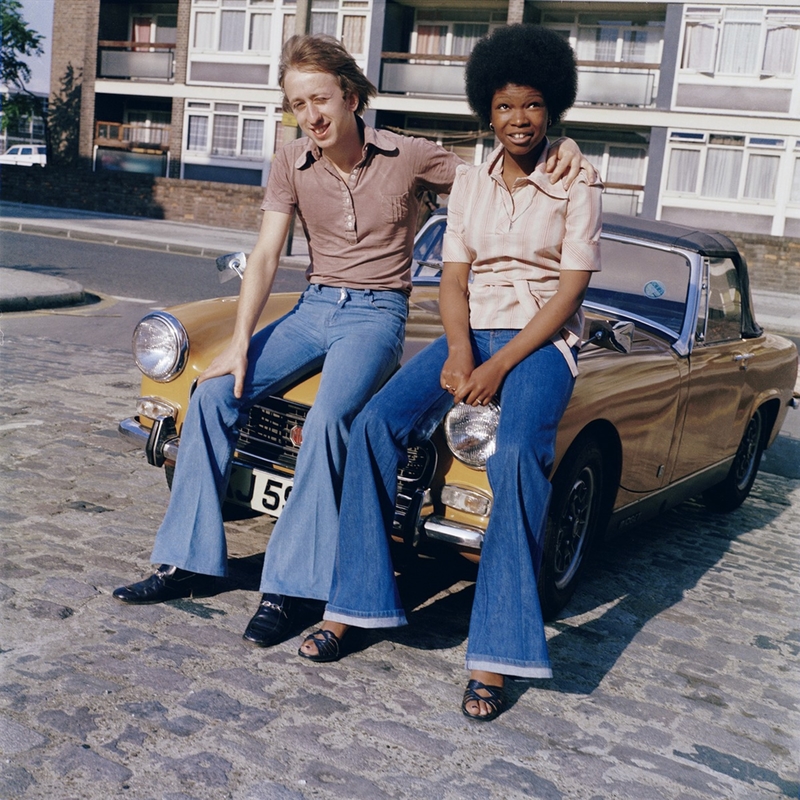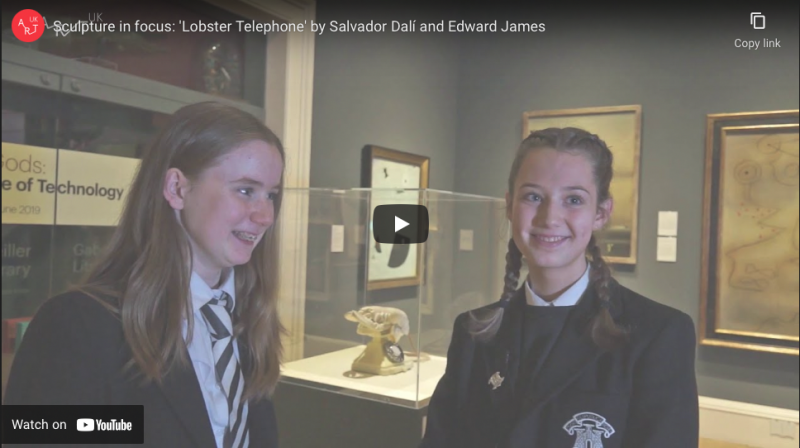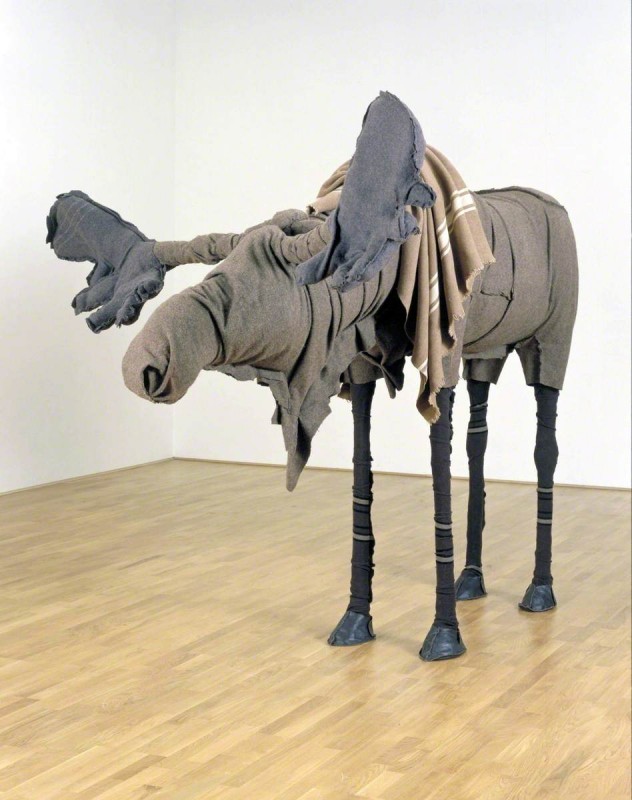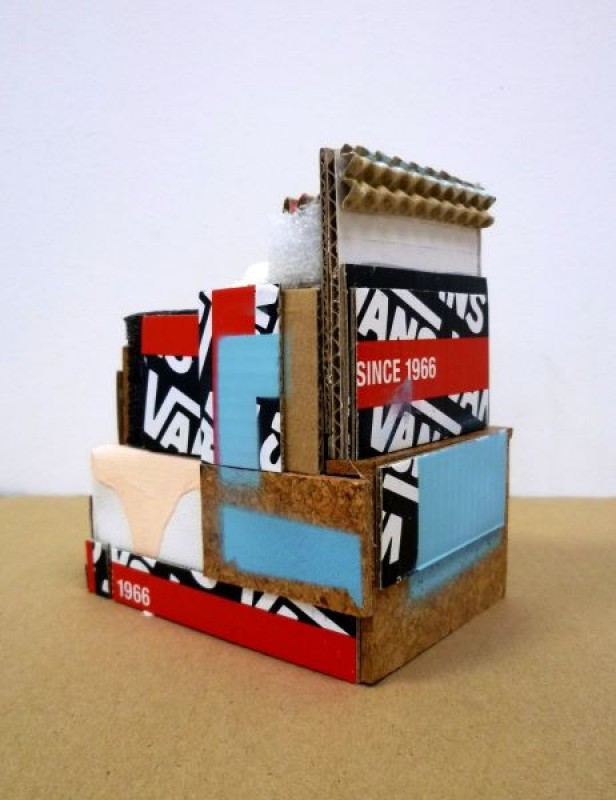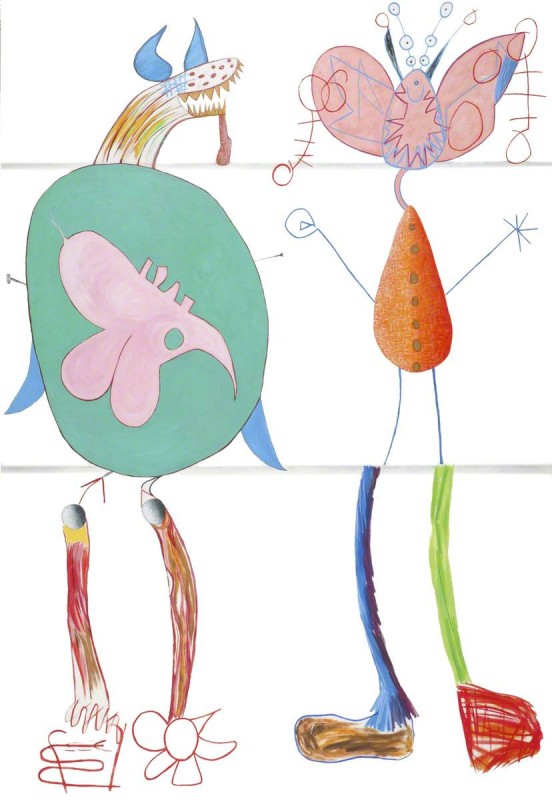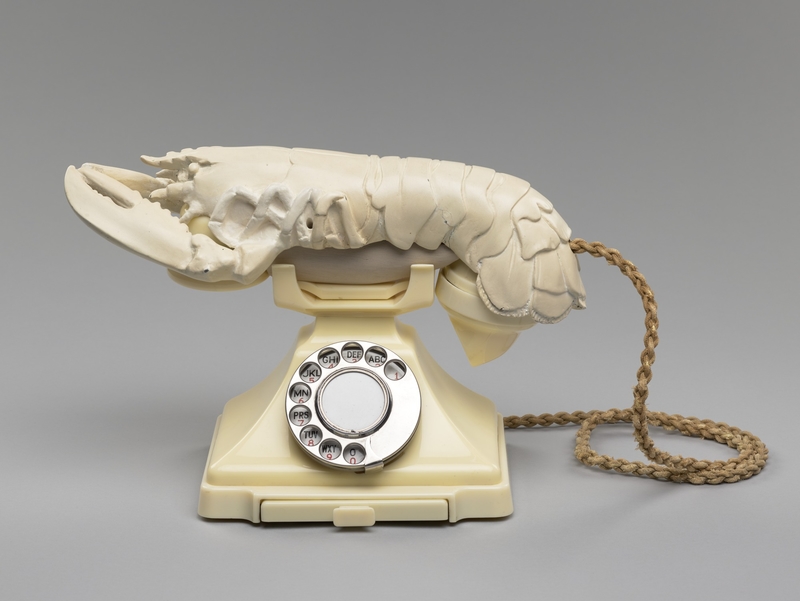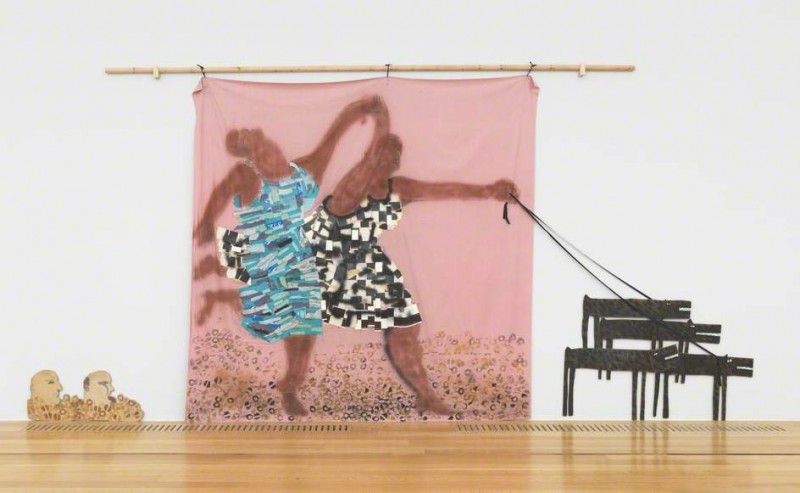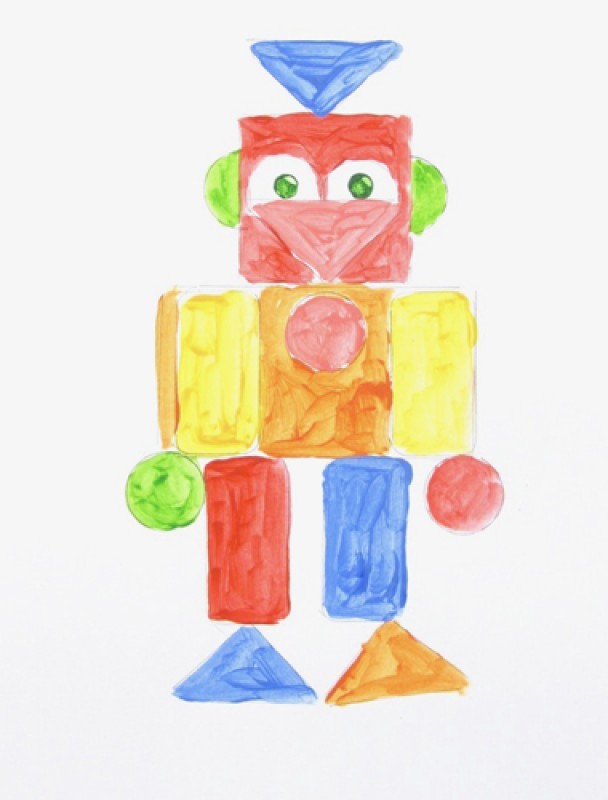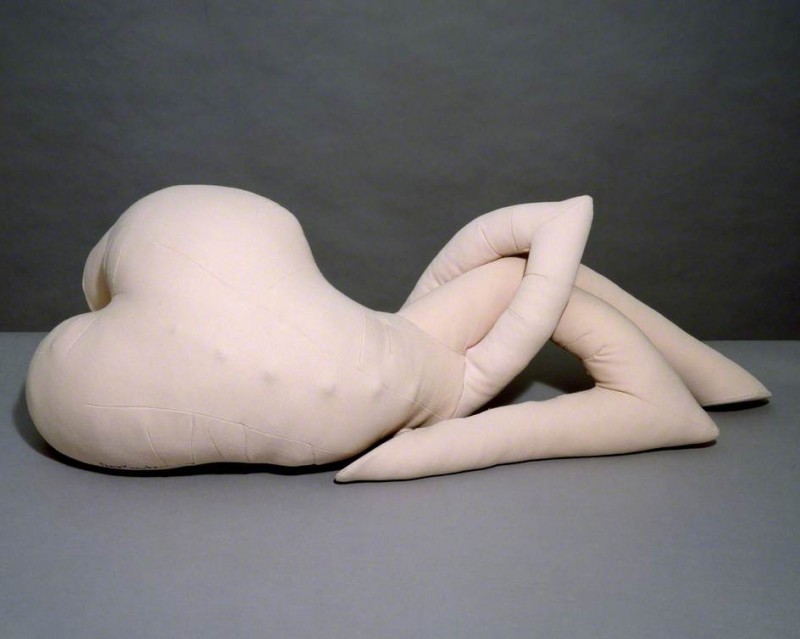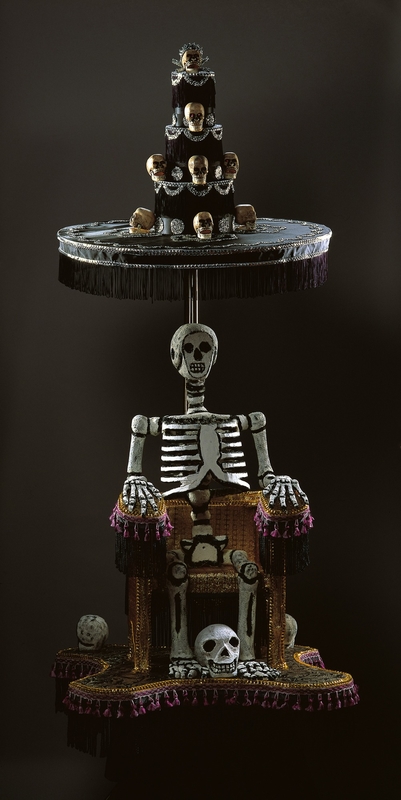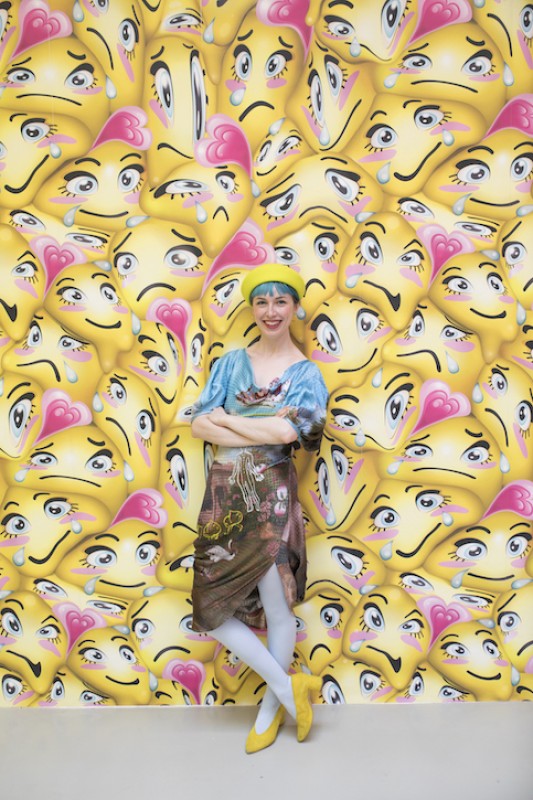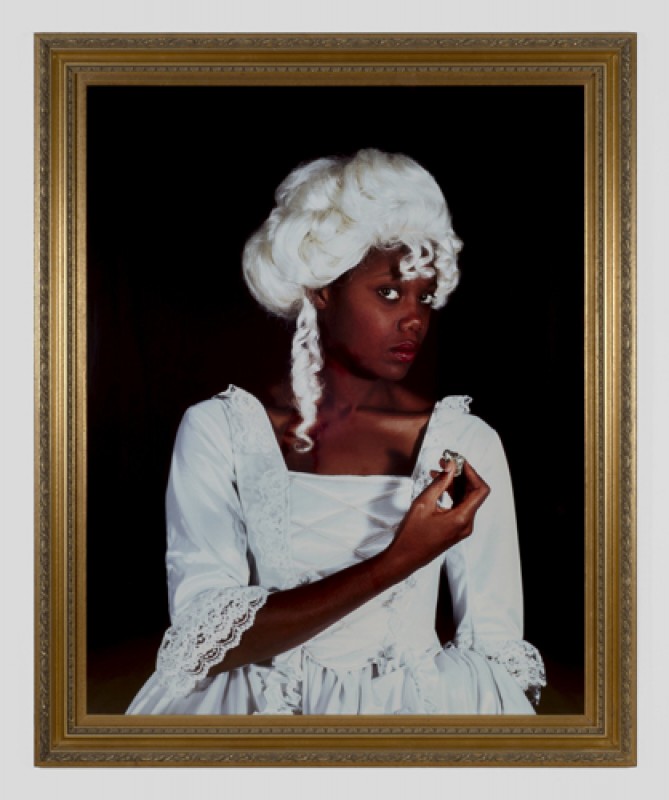About this resource
Are you looking for inspiration for your externally set Art & Design A-level, AS-level or A2-level assignment?
Discover artworks on Art UK
We have over 400,000 artworks on our website including paintings, sculptures, prints, photographs, ceramics and textiles.
Try typing your chosen theme or words relating to your theme into the search box.
Top tip! You can see artworks in art galleries and museums near you by selecting the location option on the search page.
Explore art terms
Find out more about materials and techniques, art movements and topics.
Be inspired by exam-themed Curations
Use these links to see artworks relevant to a selection of 2025 A-level, AS-level and A2-level themes.
OCR themes
Edexcel theme
AQA themes
CCEA themes
Top tip! Use our Curations tool to gather and save your own collection of artworks. Use this for personal research, or make it public to share your ideas with others. Find out more.
More ideas and information
Find additional thoughts and inspiration below.
- OCR (Mask, Hands, Metamorphosis)
- Edexcel (Union)
- AQA (Walking, Space, Curves)
- CCEA (Movement, Reality)
OCR themes
A mask hides things. It can disguise, protect, entertain – or terrify! In some cultures, masks are important in religious ceremonies and rituals. Masks can be physical, covering all or part of a face, or an expression we adopt to protect ourselves from the scrutiny of others and hide what we are thinking or feeling.
Aida Silvestri’s series of photographs Contagion: Colour on the Front Line highlights the devastating impact of COVID-19 on frontline workers of colour. She 'infects' her portrait works with commodity substances such as coffee, tea, sugar or cocoa, creating coloured splashes on the artworks. The splashes obscure the sitters' gazes.
Rebecca Horn created masks which explored new ways of interacting with the environment (and with others). Pencil Mask, transforms the wearer's head into an instrument for drawing.
Gillian Wearing often explores the 'masks' people wear in public. In Confess All On Video. Don’t Worry You Will Be in Disguise. Intrigued? Call Gillian Version II (1994), she asks people to reveal their secret thoughts and desires while disguised. Cindy Sherman disguises herself as various women stereotypes, using dress, make-up, pose and expression.
Masks can also hide or disguise objects and buildings (think camouflage!). Dazzle decoration – zig-zag geometric patterning – was painted onto ships in World War I to mask shipping movement and confuse the enemy.
Artists Christo and Jeanne-Claude covered objects, buildings and even landscapes with cloth to disrupt how we see the world and encourage people to look at familiar things with a new curiosity.
Picasso and Braque were inspired by the formal qualities of masks from Africa and Polynesia. Their shapes, lines and textures were crucial to the development of Cubism and subsequent abstract approaches and movements in Western art. In her self-portrait Standing Figure with African Masks Claudette Johnson surrounds herself with masks. In doing so, she both celebrates her Afro-Caribbean heritage and reclaims the often unacknowledged inspiration of African art on white Western artists.
Masking is also used as an art technique. Covering or protecting areas of an image or surface creates hard edges or lines within a painting or is used to build up layers. Explore hard edge painting on Tate's website.
Hands
How do we use our hands and how do hands appear in art?
Artists sometimes create close-up studies of hands to explore their form or create meditative artworks.
In Victorian times, it was fashionable to have a sculpture made of your hands, with the belief that hands could tell us about the character and status of people. Explore five artworks showing famous hands in this Curation.
Hands are sometimes used within a portrait or figurative artwork to help tell a story or convey a message. In Darvish Fakhr's portrait of choreographer Akram Khan, Khan is shown performing his interpretation of the nine rasa, or emotions, that underpin Indian classical dance.
Maggi Hambling focuses on hands in her portraits to powerfully express the characteristics of her sitters. Her portrait of Dorothy Crowfoot Hodgkin shows the scientist with four sets of hands, each busily occupied. Hambling described Hodgkin's hands as being 'like busy animals'.
Artists also explore the marks their hands make. Conceptual artist Barry Flanagan made a series of sculptures by squeezing clay in his hands to form models that were carved in marble by Italian craftsmen. Abstract Expressionist artists used quick, broad hand and arm movements to create expressive brushstrokes or paint splatters.
People who communicate with sign language use their hands to form words and phrases. With the development of texting and social media, a whole language of hand signage has developed with emojis.
The symbolism of hand gestures is often used in artworks to communicate a message, drawing on the everyday language of communication – e.g. a handshake as a greeting or a thumbs-up to say that everything is fine. Asian artworks depicting Buddha and other deities often show the gods making hand gestures (or Mudras).
Hands can also symbolise help, support – and responsibility. Think about phrases such as ‘a helping hand’, ‘many hands make light work’ and 'in your hands'. The future of the planet and its ecology very much depends on what happens today – it's ‘in our hands'. How would you convey this message in an artwork?
Metamorphosis
Metamorphosis means transformation. In science, it describes the biological process by which an animal physically develops from infant to adult form. It can also describe changes in character, appearance or condition.
The theme of transformation is seen in Surrealist artworks, where the appearance of landscapes objects and people is changed to create often unsettling images or sculptures.
Metamorphosis is often explored in literature and fairy tales. Franz Kafka's story Metamorphosis tells the story of a salesman who wakes up one morning to find he has metamorphosed into an insect. Cinderella was transformed from a kitchen maid to a princess.
Artists sometimes use disguises or costumes to play different roles. Contemporary artist Rachel Maclean transforms herself through make-up and special effects in her videos. (You can explore her ideas and work in our 'Modern life, make believe and monsters' learning resource.)
Readymades are artworks created from existing objects – which have been re-purposed and transformed. David Batchelor and Anka Dabrowska often use rubbish – things that are discarded – and transform it into art. Could you address pollution and recycling through the theme of metamorphosis?
Edexcel theme
Union means joining together.
Unions can be between people – friendships, relationships and marriage – are themes often explored by artists.
Art is often made through collaboration, working together, sharing ideas and developing new approaches and processes. Explore our Art Terms to learn about key collaborative art movements such as Cubism, Surrealism and the BLK Art Group.
Artists collaborate to create activist artworks. Black Outdoor Art is a community art project and social initiative, that uses outdoor advertising such as posters and billboards as a platform for Black British creativity. The posters express powerful messages about racism, Black history and the visibility of Black and Asian people in the UK. Tate's recent exhibition Women in Revolt reflected projects developed by women in the 1960s, 1970s and 1980s who collaborated to support each other and make their voices heard.
Interactive artworks and socially engaged practice rely on collaboration with a community, audience or viewer. For The Great Tapestry of Scotland, communities across Scotland collaborated to make beautiful textile panels celebrating Scottish history and culture. Assemble, is a multi-disciplinary collective working across the fields of art, design and architecture to create projects in collaboration with the communities who use and inhabit them.
People often join together to raise awareness of important issues such as the environment and civil rights. Workers' unions developed in the nineteenth century to protect and represent workers' rights. Textile banners ensure the visibility of groups and unions on marches and demonstrations. Inspired by these banners, contemporary artist Jeremy Deller collaborates with banner maker Ed Hall to create often humourous banners reflecting contemporary society.
Union as a theme in art could also relate to materials and techniques.
Artists often combine unexpected objects and materials and formal elements such as textures, colours and shapes to inspire, surprise or shock the viewer.
AQA themes
Some artists are inspired by the movement of walking. Umberto Boccioni’s Unique Forms of Continuity in Space suggests the movement of air around a striding figure. Pioneering photographer Eadweard Muybridge photographed people and animals walking and running to analyse movement.
Other artists approach the theme by responding to the experience of walking – the sensory stimulation of the shapes and colours around us, and the excitement of seeing, hearing, smelling and touching as we walk. Georges Seurat's pointillist approach captures the feeling of walking in dappled sunshine and shade and the mood of a lazy Sunday afternoon. Conceptual artist Dennis Oppenheim marked an area on the map and recorded the sounds he heard as he walked around the landscape in that area.
Turner Prize-winning artist Jasleen Kaur symbolically suggests walking – and journeying from one place to another in her sculpture Father’s Shoes.
Refugees and migrants sometimes walk hundreds of miles to flee war, natural disasters or economic hardship. Processions and protest marches often appear as a theme in art. Hew Locke’s The Procession is an installation of 150 life-sized figures including men, women, children – and horses. The walking figures and objects they hold reflect themes of empire, journeying, and migration. (Research Hew Locke in our Artist in Focus resource.)
Walking as a performance is something Mona Hatoum explored in her video work Roadworks in which she filmed herself walking through the streets of London. Francis Alys explores walking as an action or performance.
Land artists often use walking to explore and interact with the landscape. Richard Long walked up and down a field to create a temporary line drawing in the grass. He also documents walks with photographs and texts.
Space
For centuries, artists have used perspective to create the impression of realistic space. Both linear and aerial perspective can convey the illusion of 3D space on a flat surface.
In paintings by Mughal artists and Western Medieval paintings, space is often suggested by overlapping or stacking elements of the composition such as figures of buildings. Artists include elements they know are important to reading or understanding the artwork rather than creating a realistic illusion of space.
The Rulers of the Mughal Dynasty from Babur to Awrangzeb, with their Ancestor Timur
c.1707–1712
unknown artist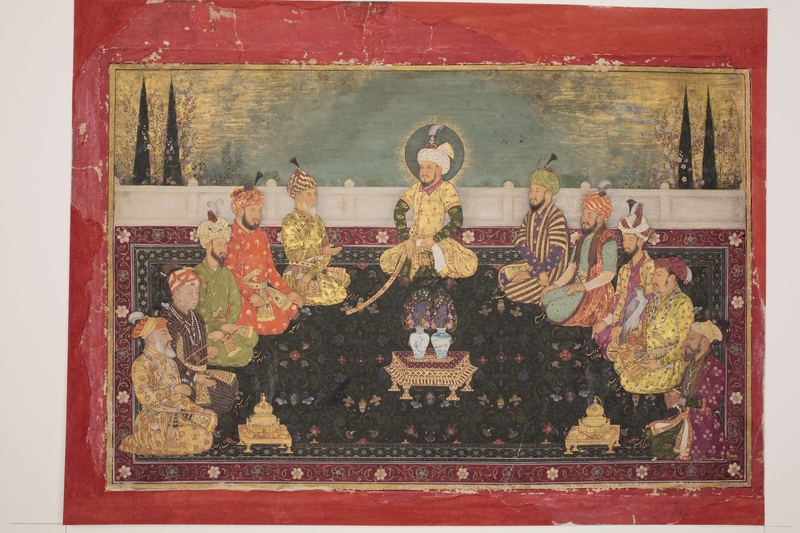
Perspective can also be used to add drama to an image. Surrealist artists often used perspective to create disorientating and unsettling cityscapes and landscapes.
In Cubism, space becomes abstracted. Cubist artists aimed to represent three-dimensional objects on a two-dimensional canvas by combining different views of objects or people. They felt this approach was more honest than using perspective to fake the illusion of 3D space. This often leads to a disorientating sense of perspective. Instead of receding into space, objects seem flattened out. Inspired by Cubism, Vorticist and Futurist artists also explored abstracted representations of space, experimenting with ways to suggest a sense of dynamic movement in space.
Contemporary artist Martin Creed experiments with filling spaces with nothing! For his 2001 Turner-Prize-winning exhibition, he presented an empty gallery space, which he transformed by switching the lights on and off. He has also filled empty spaces with balls or air – in the form of balloons – to encourage audiences to be aware of the space of a gallery.
Close-up
Close-up means looking closely at something or focusing on details. Browse Art UK's Superpower of Looking resources to look closely at artworks through zoomable images.
Portraits are sometimes close-ups – providing a sense of intimacy. Artist Kaye Donachie paints close-up portraits of invented women. Jenny Saville's paintings present women's bodies in close-up – focusing on the dimples, stretchmarks, contours and rolls of flesh. She challenges representations of idealised nude women in art history and also the modern-day filtered and perfect body image.
Close-up is often used with specific reference to photography or film to describe the process of photographing or filming a subject at close range. A close-up of an actor's face in a film allows us to clearly see their emotions as their face fills the big cinema screen. Photographers sometimes crop an image so that a single detail fills the frame.
Zanele Muholi’s series Only Half the Picture 2003–6 confronts stereotypes and taboos faced by the Black LGBTQI+ community in South Africa. Muholi often focuses on details of the people in their photographs to tell their stories. This conveys a sense of intimacy and vulnerability as we are invited to witness the challenges they face.
Scientific investigations involve looking close-up. Botanical illustrations show detailed views of plants. Anatomical drawings analyse aspects of the human body. Microscopes examine things we can’t see with the human eye. Looking through a microscope often reveals surprising shapes and patterns. Microscopically enlarged images of DNA inspired artist Wyllie O Hagan's vibrant abstract paintings.
DNA Array 4
('Transformations in Science and Art' portfolio)
2003
Wyllie O Hagan (active after 2002)
Close-up might also suggest researching things in detail – such as literature or film. Artist Fiona Banner looked closely at film scenes and described them in text paintings. By writing out the scene, the frantic pace is slowed, and viewers reflect on the details of the action.
Artists often look closely at their own or other people's characters or identities as subjects for their art. For Chila Kumari Singh Burman cultural identity and heritage form an important part of her work. Explore her self-portrait Auto-Portrait using our zoomable tool.
Conceptual artists sometimes document their lives or the lives of those around them using photographs, notes and journals. Ian Breakwell kept what he called his Continuous Diary. In it, he noted the things he saw every day and used these as a source for his artworks.
Curves
Curved shapes in artworks often reference nature or the human body. Wilhelmina Barnes-Graham used curved lines and shapes to suggest the organic forms of landscape – hills, waves, glaciers. Many of Barbara Hepworth's sculptures are also inspired by curved landscape forms. The curved shapes of ceramic vessels are reminiscent of the curves of a body. Sarah Lucas creates curving, contorted body-like forms from stuffed tights.
Surrealists used curved organic shapes and forms to create dreamlike sculptures and paintings. Art Deco and Art Nouveau artists were inspired by the decorative qualities of curves, while Orphist and Futurist artists responded to the dynamic quality of curves. Op artist Bridget Riley often uses curves to make the flat surfaces of her paintings appear to undulate. (Research Bridget Riley in our Bridget Riley and Op Art resource.)
Circles are a never-ending curve and are often symbolic in art. Circles represent oneness, wholeness, perfection, and infinity. They suggest endless new beginnings. Japanese artist Yayoi Kusama is fascinated by the idea of infinity and covers her work, and sometimes herself, in hundreds and thousands of brightly coloured circles or dots. Sculptor Anish Kapoor often uses circles and curved forms to suggest spirituality.
CCEA themes
Movement suggests the physical movement of people or objects.
Photographer Eadweard Muybridge experimented with photographic processes to record and analyse how people and animals move. Shapes, lines colours and gestural marks can also create an impression of movement – as we see in Futurism, Vorticism, Abstract Expressionism and Op art. Pop artist Roy Lichtenstein borrowed from the visual language of comic book art, using 'speed lines' to suggest movement.
Kinetic art is art that physically moves – Naum Gabo and Alexander Calder explored ways of suspending and balancing forms to allow them to move.
Diaspora is the movement of people from their homeland. Many contemporary artists reflect on histories such as the Transatlantic Slave Trade, Colonialism and post-war migration that led to their ancestors and families moving or being forcibly moved to other countries.
A movement could also refer to people working together to achieve shared goals. Activist artists often address issues championed by political, social and environmental groups and movements to help raise awareness.
Art movements reflect shared styles, ideas, and processes. Use our Art Terms resource to research key art movements.
Reality
Reality refers to things that are true to life rather than being made up or imagined. In contemporary society, reality TV programmes focus on ordinary people (real people rather than characters).
Realism is often used to describe art that realistically captures the visible world.
Social Realism was a nineteenth-century art movement, characterised by artists who rejected subjects from literature and Classical history and chose instead to paint real-life people and events. They often highlighted social issues such as poverty and child labour.
In the 1950s, Kitchen Sink artists drew and painted gritty scenes of everyday life. Photorealism describes paintings and drawings that are so realistic in style that they look like photographs.
Photographers such as Bandele 'Tex' Ajetunmobi, Tish Murtha and Richard Billingham focus their cameras on ordinary people and their lives.
